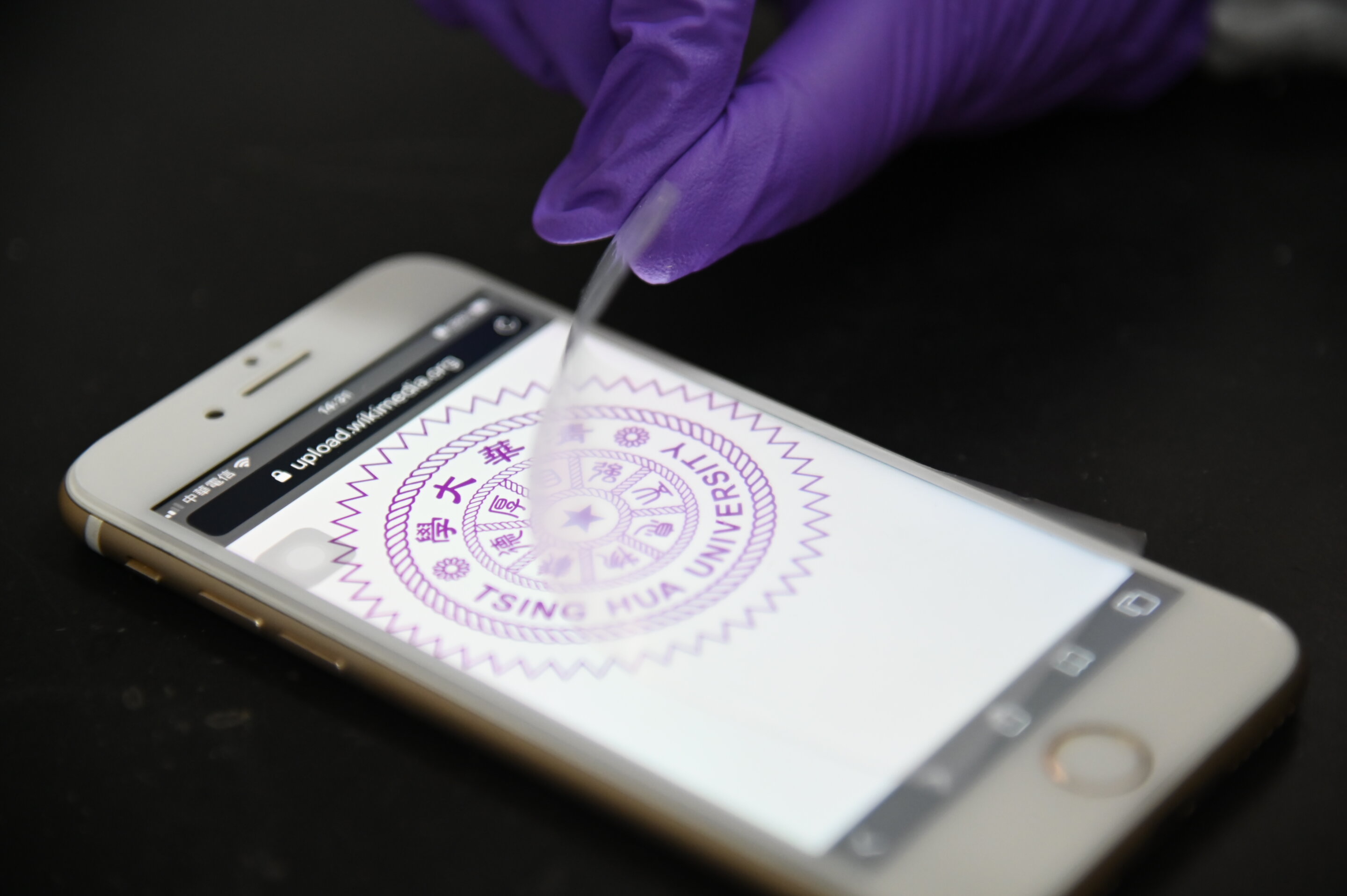Composite piezoelectric materials extracted from common waste products
21. 7. 2021 | Phys.org | www.phys.org
A research team led by Professor Jyh-Ming Wu of the Department of Materials Science and Engineering at National Tsing Hua University (NTHU) in Taiwan has recently developed two composite piezoelectric materials extracted from common waste products. One is a new type of catalyst extracted from discarded rice husks and is capable of treating industrial wastewater 90 times quicker than the photocatalysts now in use. The other is a material extracted from discarded squid bones and has been used to produce a self-sanitizing transparent film suitable for use as a cover on mobile phone screens, elevator buttons, door handles, etc.
Organic industrial wastewater is typically treated by using photocatalysts; however, conventional photocatalysts require sufficient light, and wastewater is usually not very transparent, so the efficiency tends to be low. With this problem in mind, Wu's research team extracted silicon dioxide from rice husks and then added molybdenum and sulfur to produce a quartz composite piezoelectric material. The material can be injected into a factory's wastewater pipeline wherein the pressure generated by the water flow helps to purify the pollution without needing any light.

This new type of quartz composite piezoelectric material can also cope with the difficult-to-treat dyes present in the wastewater produced by textile factories. Professor Wu demonstrated this by pouring the quartz composite powder into a beaker of water colored with dyes, mixing it in by gently agitating the beaker; within a few minutes, the water has become perfectly clear. Wu's research team has also succeeded in extracting chitin from squid bones and using it to produce a new composite piezoelectric material suitable for producing a transparent film which undergoes self-sterilization whenever it's touched, making it highly suitable as a screen cover for various items in public places, such as automated ticketing machines.
Read more at Phys.org
Image Credit: NTHU MSE, Taiwan
-jk-




